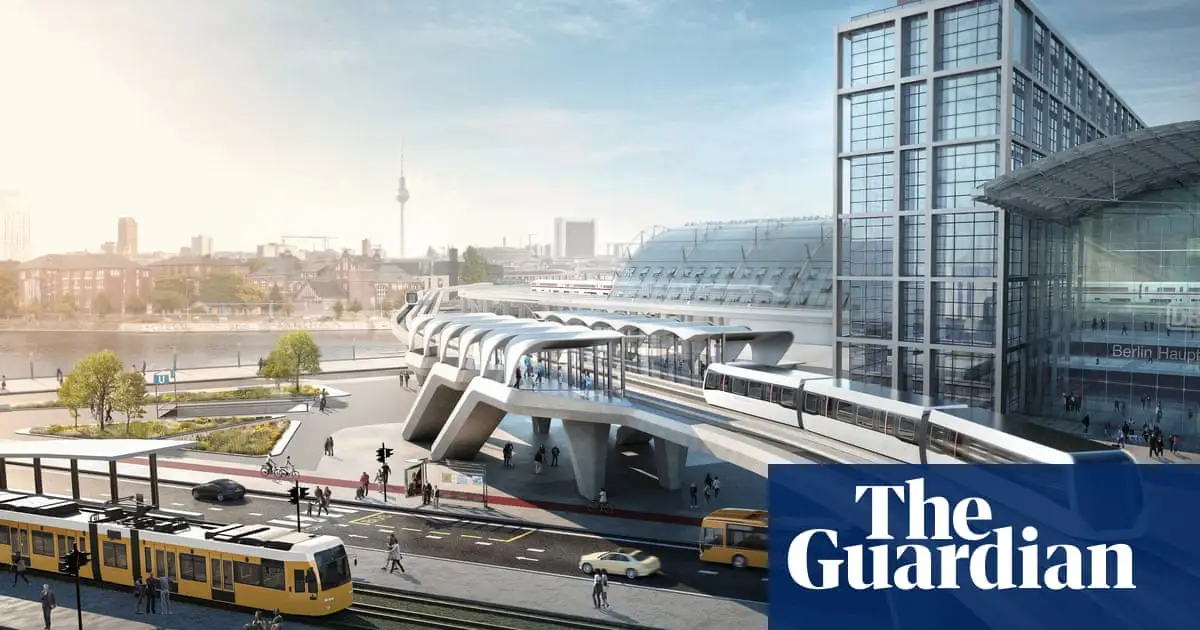Berlin’s plan for driverless magnetic trains derided by climate groups
Berlin’s plan for driverless magnetic trains derided by climate groups

www.theguardian.com
Berlin’s plan for driverless magnetic trains derided by climate groups

Berlin’s plan for driverless magnetic trains derided by climate groups

Berlin’s plan for driverless magnetic trains derided by climate groups
